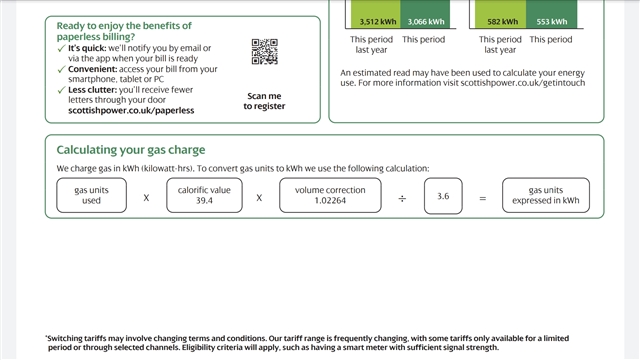Hi about 3 weeks ago I was forced into having a smart meter they needed to replace the gas meter because it was in a dangerouse state fair enough I won't argue about that. But they also changed my electric meter now I've just measured the current in the phase tail to the meter and it works out as about 200mA more than the calculations based on my wattage consumption ie watts divided by 240 should give amps now is the 200ma likely to be the meters consumption or just something with a less than unity PF? Also do smart meters measure kilowatthours like a proper meter or do they measure KVarh
